If you are looking for an exquisite and scarce species, Anthurium Dorayaki is for you.
Anthurium Dorayaki embellishes itself as a center decor piece with its glossy leaves and white venation.
Besides, this rare species is not that difficult to care for. All you need to do is maintain a conducive environment.
Read along if you are an enthusiast to learn more about Dorayaki’s care requirements.
Here, I have embedded all of the necessary care tips and solutions to the problems in Anthurium Dorayaki.
Table of Contents Show
Overview of Anthurium Dorayaki
Anthurium Dorayaki is an exotic species that is a hybridized version of Anthurium crystallinum.
Its generic name, ‘Dorayaki,’ belongs to the Japanese word meaning round pancake-like sweet and tasty.
While Anthurium crystallinum has elongated heart-shaped leaves, Dorayaki has rounded and thick leaves.
Besides, the veins of Anthurium Dorayaki are slightly broader compared to crystallinum.
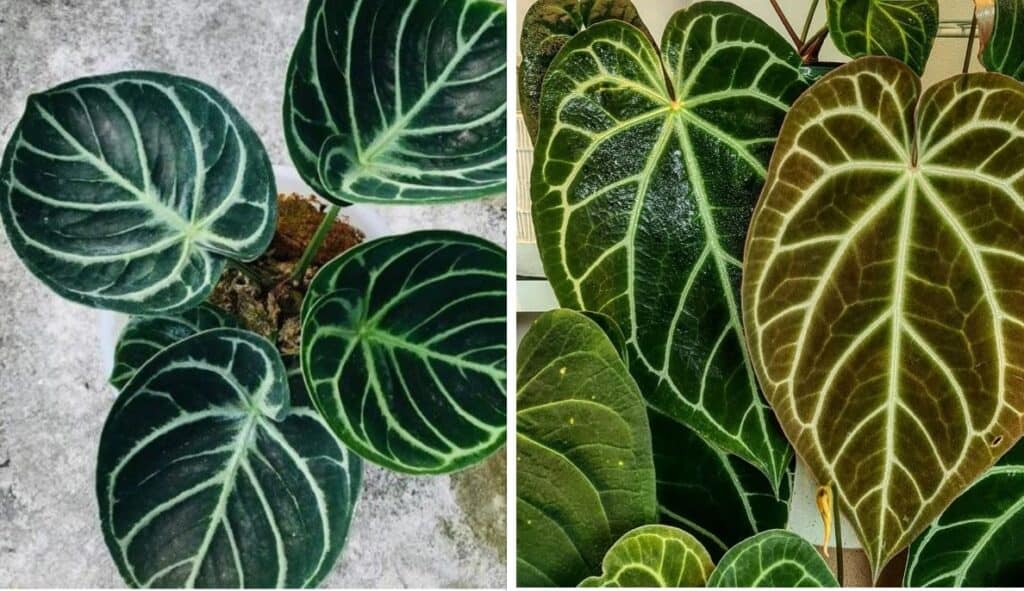
Here is a table containing additional information about Anthurium Dorayaki.
| Scientific Name | Anthurium crystallinum Dorayaki |
| Common Name | Crystal hope, Silver Blush |
| Native | Tropical America, especially central and southern America |
| Family | Araceae |
| Genus | Anthurium |
| Growth Zone | USDA Zone 10 or higher |
| Growth Rate | Height: About 12-18 inches Spread: About 9-12 inches. |
| Grown For | Mainly foliage |
| Foliage | Smooth, thick hear shaped foliage with silvery sheen veins |
| Blooms | Rare, blooms during spring to summer; Pale yellow or greenish inflorescence |
| Toxicity | Toxic to both humans and pets |
Where to Buy Anthurium Dorayaki?
Anthurium Dorayaki is not your common houseplant easily found in almost every nursery and portal. To have a hand in this is an absolute fortune.
Thus, let me guide you if you want to buy Anthurium Dorayaki.
Here is a table showing the portals selling Dorayaki and their specifications
| Places to Buy | Specification |
|---|---|
| Etsy | Starts from the minimum range of $28 |
| Aroidsale | For a plant of about 3-5 leaves, it charges about $50 |
| Plantly.io | Starts from $65, with easy shipping options. |
| Rooted Hues | A plant of about 5-6 leaves costs around $160 |
| Aroid Nursery | A plant of 4-6 leaves starting from 40$ |
Anthurium Dorayaki Care Guide – Experts Reveal!
When it comes to tropical plants, they almost have the same rule of thumb.
Anthurium Dorayaki craves high humidity, warm temperatures, moist soil, and adequate nutrition.
There is only a slight difference in the care requirements and differences in the varieties.
Here is a table showing the parameters and primary conditions required by Anthurium Dorayaki.
| Parameters | Favorable Conditions |
|---|---|
| Sunlight | 7-8 hours of bright filtered light |
| Watering | once a week in summer and once in 15 days in winter |
| Temperature | 70-90 degrees fahrenheit |
| Humidity | Above 70% of the relative humidity |
| Soil Type | Light, porous, chunky, nutrient and moisture retaining soil |
| Fertilization | Liquid fertilizer once in 1-2 months |
| Pruning | Rare pruning, prune only damaged and dead parts |
| Pot | 6-10 inches depending on the size of the plant, Terracotta or Clay pots |
| Repotting | Once in 2-3 years |
| Propagation | Via root-ball division, Stem cuttings |
| Common pests | Mealybugs, Scales, Thrips, and Aphids |
| Common disease | Root rot, Leaf spot, and Black nose disease |
1. Adequate Filtered Sunlight and Proper Location
Anthurium Dorayaki loves to bathe in a plethora of sunlight. Moreover, it thrives well in medium to bright light.
Although the plant thrives well in medium light, I suggest introducing them to bright but indirect sunlight.
Light is a vital requirement for flowering Anthuriums—besides, the more light, the larger its leaves and flowers.
The primary light requirement for Anthurium Dorayaki is about 7-8 hours of bright filtered light.

To help you out, we have provided a list of essential information to figure out lighting issues in Anthuriums.
| Harsh Light Exposure | Light Deficiency |
|---|---|
| Dry and crisp leaves | Loss of green pigmentation due to loss of chlorophyll |
| Brown patches along with bleached leaves | Drooping and wilting of stems and leaves |
| Curled leaves due to excessive moisture loss for leaf surface | Leggy dull and stunted growth |
| Severe conditions might cause falling off leaves to reciprocate moisture loss | Hinderance in the photosynthesis and other physiological process |
Best Location for Anthurium Dorayaki
- If you are growing Anthurium outdoors, place them in shades under a tree or patio. Most importantly, ensure that it receives 30-40% of the total light intensity.
- The best indoor location is an eastern-facing window reflecting a few hours of morning light.
- However, a southern or western-facing window reflecting afternoon shades is also good.
- Place the plant within 1-3 feet from the window.
Tips for Providing Adequate Sunlight
- Protect your plant against harsh light using a light drape or curtain.
- Use artificial grow lights when light intensity is low. Generally, 8-10 hours of full-spectrum LED light is ideal.
- It is beneficial to introduce plants in grow lights during winter as light intensity is low.
- Avoid shifting the plants from a low to a brighter area and vice versa.

2. Adequate Watering
The moist substrate is the general rule of thumb for almost all tropical plants. However, be cautious not to waterlog the soil.
Anthuriums prefer being watered regularly. Because they are tropical, they require a lot of moisture in their surroundings.
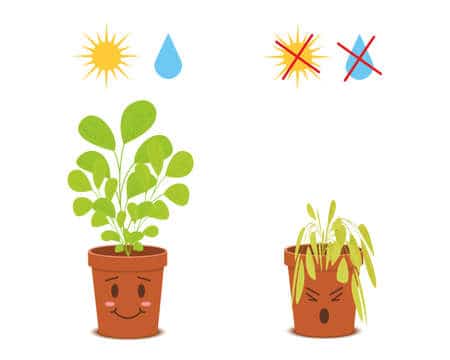
However, avoid overwatering the plant because it prefers to be moist but not drenched.
Prolonged exposure to soggy soil invites unhealthy bacterial growth and fungal infection. Besides, saturated soil is a hub for anaerobic activities.
Water-saturated soil takes up all of the tiny air pockets present in the soil.
Thus, it deprives plants of oxygen and healthy airflow, choking them.
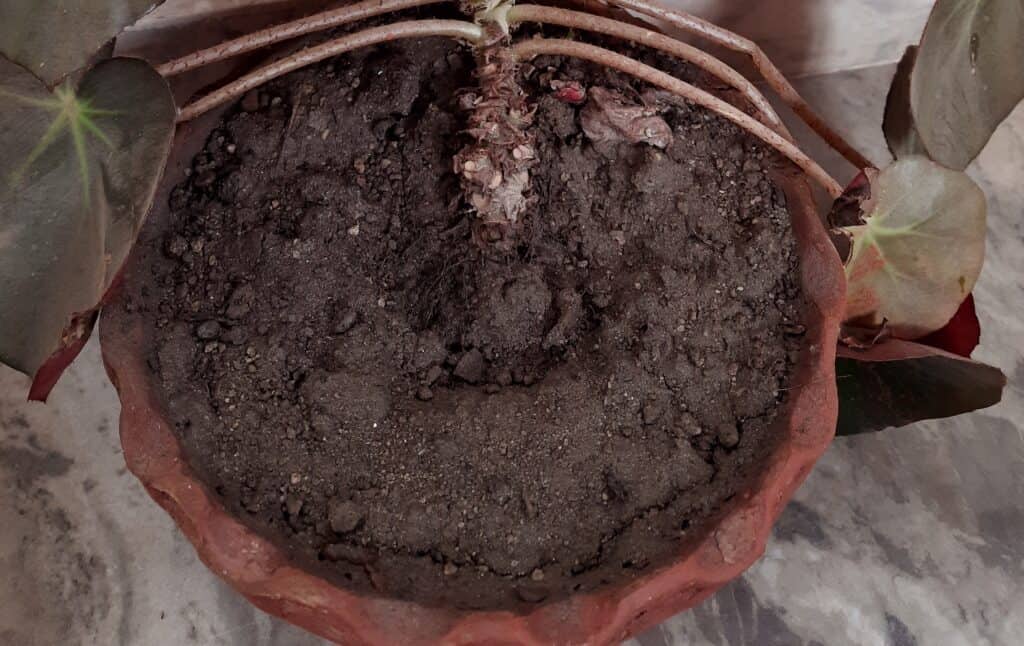
On the other hand, the underwatered plant will show indications such as dry and crispy leaves.
Here are the symptoms of Watering issues in Anthurium.
| Overwatering | Underwatering |
|---|---|
| Yellowing and discoloration of foliage along with limp and soft leaves and stems | The same effect is seen but the leaves appear dry and crispy |
| Sudden Wilting of leaves | Gradual wilting of leaves preceded by brow edges |
| On inserting finger 2-3 inches below the soil, you can feel moisture locked in | Soil lacks moisture and also may crack and appear compacted |
| Root rot and foul order from the soil | Round or irregular shaped brown patches might appear on leaves |
Tips to Water Anthurium Properly
- Insert a stick or your finger about 2 inches below the soil. If you feel the soil is dry, water the plant immediately.
- You can also opt for a soil moisture sensor to inspect soil moisture. If the reading is above 8, your plant is overwatered.
- Moreover, the watering frequency depends on the temperature. High temperature equals high watering frequency.
- If the temperature is above 95ºF, consider watering every 3-4 days.
- Self-watering pots are another hack if you are forgetful about watering.
- Avoid using water containing excessive salts. Instead, use either distilled or rainwater for them.
- Next is to use room temperature or tepid water for Anthuriums.
- Lastly, avoid roots sitting on the water collected in the saucer.
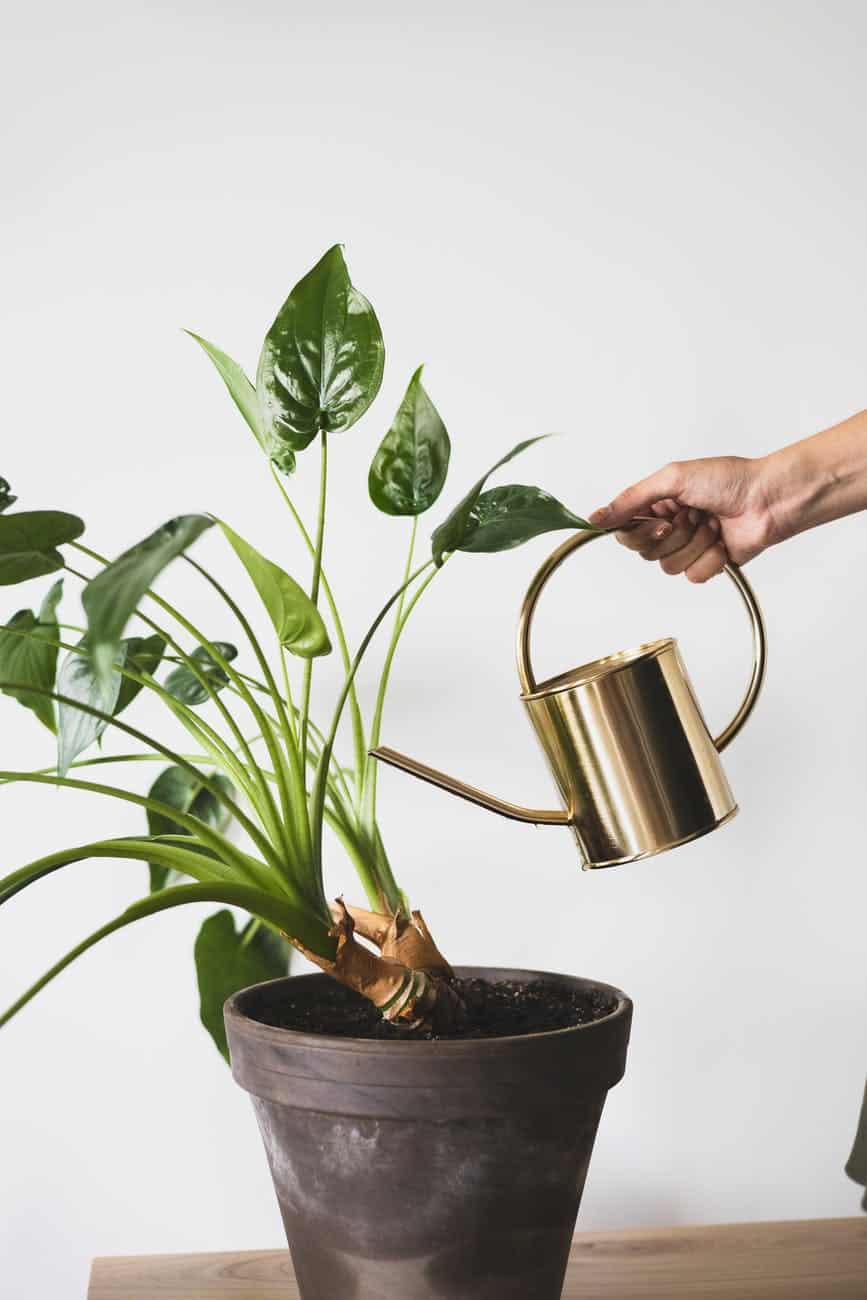
Note: Moisture metere are generally correct but not always. The additional components like barks, charcoal, perlite and salts accumulated in the salts can sometimes affect its reading.
3. Warm Temperature
The ideal temperature, the easier it is to maintain humidity and watering frequency.
Besides, temperature also affects the nutrition absorption rate from the soil. Hence, always keep a warm temperature for your Anthurium Dorayaki.
Most importantly, ensure that the temperature does not drop below 50°F and rise above 90°F. Anything exceeding these ranges is vulnerable for your Anthuriums.
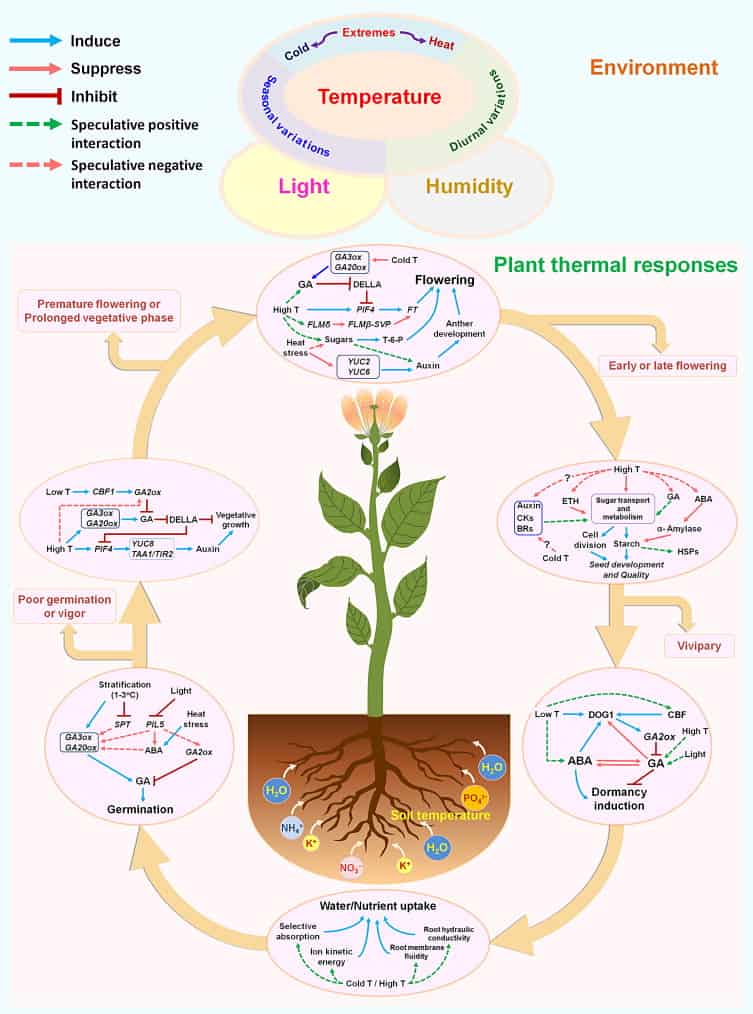
Symptoms of Temperature Extremities
- The leaves and stems will wilt, droop, and curl.
- The foliage turns yellow, brown, or bleach appears.
- The low temperature might result in rupturing of cells, ultimately killing them.
- Similarly, high temperature causes excessive moisture loss from the leaf surface.
Tips to Maintain Warm Temperature
- Bring your Anthuriums indoors when the temperature falls below 50 degrees Fahrenheit.
- To protect Anthuriums from cold stress, use frost blankets and heating pads.
- Provide insulation (adding mulch to soil) to prevent temperature loss.
- Next, you can introduce them to a terrarium or a mini greenhouse to protect them from cold.
- Avoid areas sustaining high-temperature fluctuation.
- High humidity can reciprocate high temperature and moisture loss.
- Lastly, say no to drafty areas heating and cooling vents like radiators and heaters.
4. High Humidity
Besides bearing the characteristics of tropical plants, Anthurium Dorayaki is also an aroid.
Well, you might have known by now that it bears aerial roots.
These roots obtain their essential nutrients and water from the air. Hence, maintaining humidity is a must for Anthuriums.
However, avoid leaving the plant in a low-humidity environment. Its gorgeous green leaves will become brown and crispy at the tips and edges if exposed to dry air.
Here are a few symptoms of low humidity in Anthurium Dorayaki.
- Curling of leaves
- Falling or wilting leaves
- Yellowing and browning of leaf’s edges.
- Quick-drying of the soil
- And a high transpiration rate.

Tips to Maintain Ideal Humidity
- The most effective and efficient way is to use an electric humidifier.
- Misting the leaves in the morning also counts as an effective method.
- You can group your plants. However, it is risky as it also increases the chances of the spread of infection.
- Placing a wet pebble tray helps to keep high humidity as water evaporates.
- Keeping them in a highly humid area like a bathroom or kitchen as humidity is a good idea.
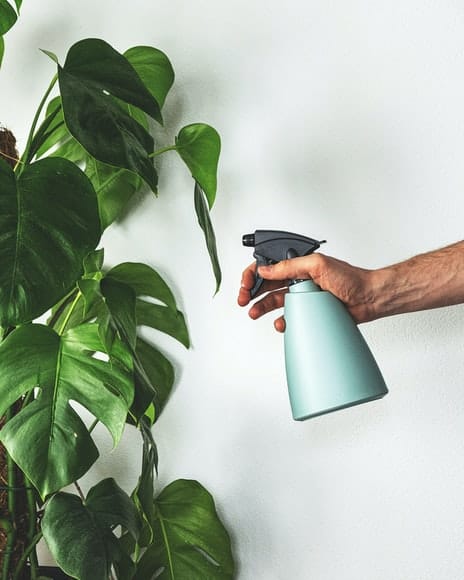
5. Well Draining Nutrient-Rich Soil
Anthurium Dorayaki needs a consistently moist substrate. However, the soil must do so by retaining the optimal moisture.
As a result, your soil mix must retain optimal moisture while draining all excess water.
If the soil holds excessive moisture, it invites fungal and bacterial growth. Meanwhile, if the soil is dry, it decreases the nutrition absorption rate.
Similarly, highly compacted soil prevents airflow in the roots. Consequently, its roots can’t function in the deprivation of oxygen.
Besides, it is ideal to use any orchid or African violet mixes for your Anthurium Dorayaki.
Here are a few commercial soil mixes suitable for Anthurium;
- Miracle-Gro potting mix
- Sun Bulb 5011 Better-Gro Phalaenopsis Mix
- Espoma AP8 8-Quart Organic Potting Mix
- Dr. Earth Pot of Gold All-Purpose Potting Soil
- Espoma AV4, Organic African Violet Potting Mix

By the by, I use commercial mix only on rare occasions.
Otherwise, I always prefer making my soil recipe as it gives control over the quality and requirements of the soil.
Here is a recipe you can follow.
- Mix one part of the orchid or African violet potting mix
- One part of sphagnum moss/peat moss/ Coconut coir for moisture retention
- One part perlite or pumice for porous and well-draining soil
- Half a portion of quality organic compost.
- And 1/4 part of coarse sand.
In addition, pH plays a crucial role in the absorption rate of nutrients and other chemicals.
Hence, you need to maintain an ideal pH, and for Anthurium Dorayaki, it is about 6.5.

6. Monthly Fertilization
Fertilizer is also beneficial to Anthurium Dorayaki growth. Anthurium, despite its lush appearance, is not a heavy feeder.
You need not fertilize them in winter as the plant goes under dormancy.
Generally, I use organic fertilizers as they help to increase microbial activities in the soil and enhance soil quality.
Alternatively, you can use a balanced NPK fertilizer in a ratio of 10-10-10.
Most importantly, plants need both micro and macronutrients for proper growth.
Macronutrients include nitrogen, phosphorous, and potassium, whereas micronutrients consist of calcium, sulfur, etc.
Macronutrients help in promoting the growth and vitality of the plant.
Meanwhile, micronutrients help enzymatic reactions and transfer genetic code or information.
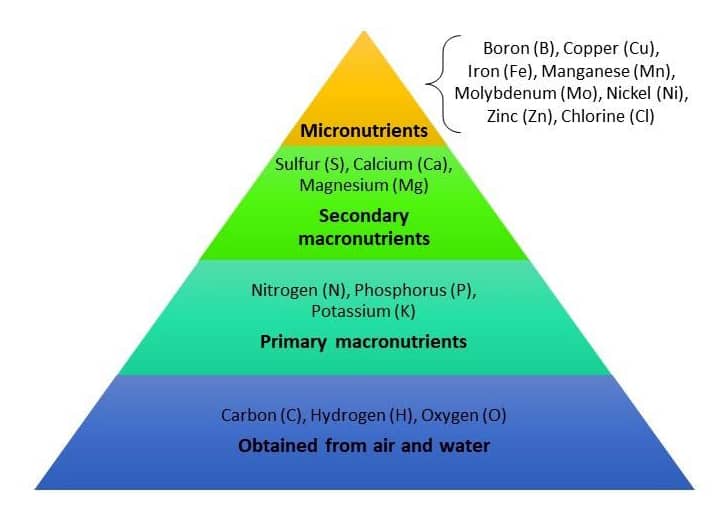
Also, be cautious not to overfertilize your Anthuriums. It causes roots and leaves to burn and other mechanical injuries to the plant.
After the plant has taken the nutrients and the water has evaporated, fertilizers will leave mineral salts behind.
The salt buildup is detrimental to plants, and when enough of it accumulates, it can damage the roots.

Tips to Fertilize Anthurium Dorayaki Properly
- Water the plant beforehand as moisture helps in nutrition absorption.
- You can wash off accumulated salts caused by overfertilization.
- Take a shallow container filled with tepid water and drench the pot. It helps to wash off salts through osmosis.
- Besides, you can also use 1 gram of Osmcote 14-14-14 or Nutricote 13-13-13 to counteract the harm sustained by excessive fertilization.
- Likewise, add fertilizer only to the soil. Avoid leaves and stem contact while fertilizing.
7. Growth Rate
Anthurium Dorayaki produces oval-shaped leaves crafted with peculiar white venation that offers a silvery shimmering effect.
They produce leaves sideways from the matured one that develops fully over 1-3 weeks.
Generally, Anthurium Dorayaki is a slow to moderate grower. The plant grows laterally, which gives it a bushier appearance.
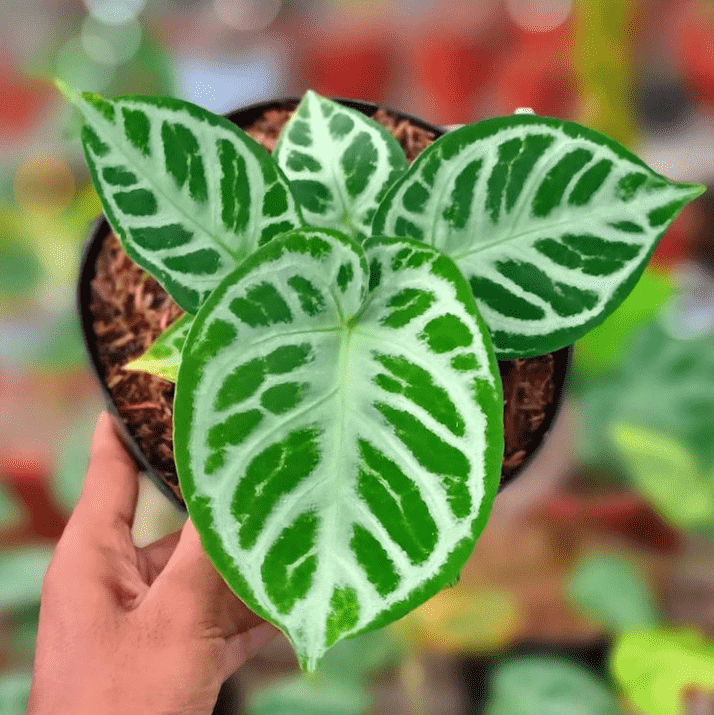
8. Flowering Habits
The most prominent feature of Anthuriums is their alluring flowers. However, Anthurium Dorayaki is generally not known for its flower.
There is no perfect data that depicts their flowering habits.
However, they produce flowers on rare occasions, basically inflorescence that bears a spathe and spadix. The inflorescence is a pale yellow to greenish.
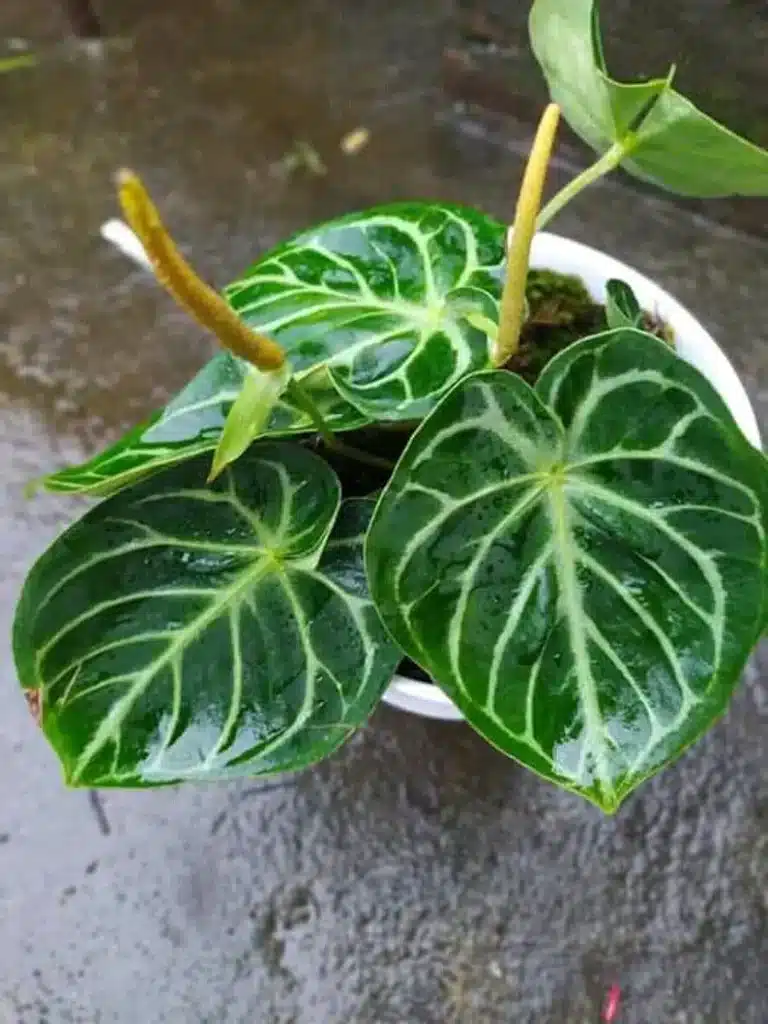
In general, it is difficult for flower production while they grow indoors.
You might see it bloom if you provide the proper condition and the right amount of phosphate.
9. Potting and Repotting
Anthuriums are prone to root rot and soggy soil. Hence, you do not want to use a large pot as they hold water for a prolonged period.
On the other side, although Anthurium Dorayaki likes to be slightly rootbound, it does not prefer to be excessively rootbound.
It implies that a small size pot is not feasible for them.
Thus, I recommend using a 6-8 inches pot for a medium-sized plant.
Otherwise, you can use any pot size about 2 inches larger in diameter than the size of the rootball.
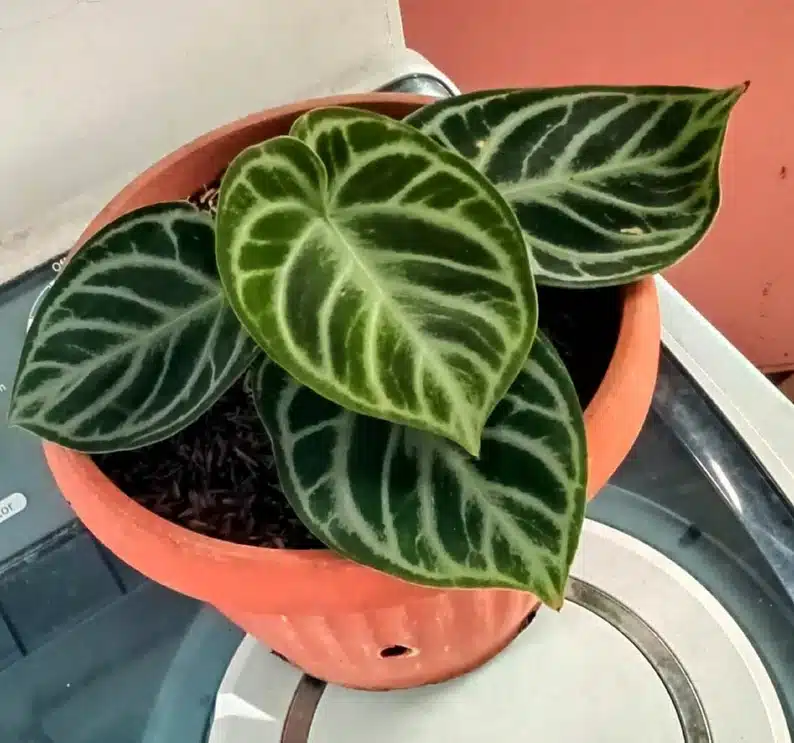
Anthurium Dorayaki is a medium-sized plant that does not require repotting regularly.
However, if it is root-bound, it is time to repot. Also, when roots emerge from the holes at the bottom of the pot, it is time to repot.
A few telltale signs accompany these issues. They include yellowing, wilting, drooping of leaves, and stunted growth.
When repotting, ensure to get a pot one pot size bigger than the previous one.
Besides, as repotting involves new plant adaptations, you must do it at the right time.
The best time to repot Anthurium Dorayaki is when the plant grows actively during spring or summer.
Materials Required for Repotting
- A clean pot soaked in bleach or vinegar solution.
- Fresh potting mix
- Gardening Gloves
- Pruning Shears
- Rubbing alcohol with a concentration of about 75% for sterilization
- Trowel
- Garden fork
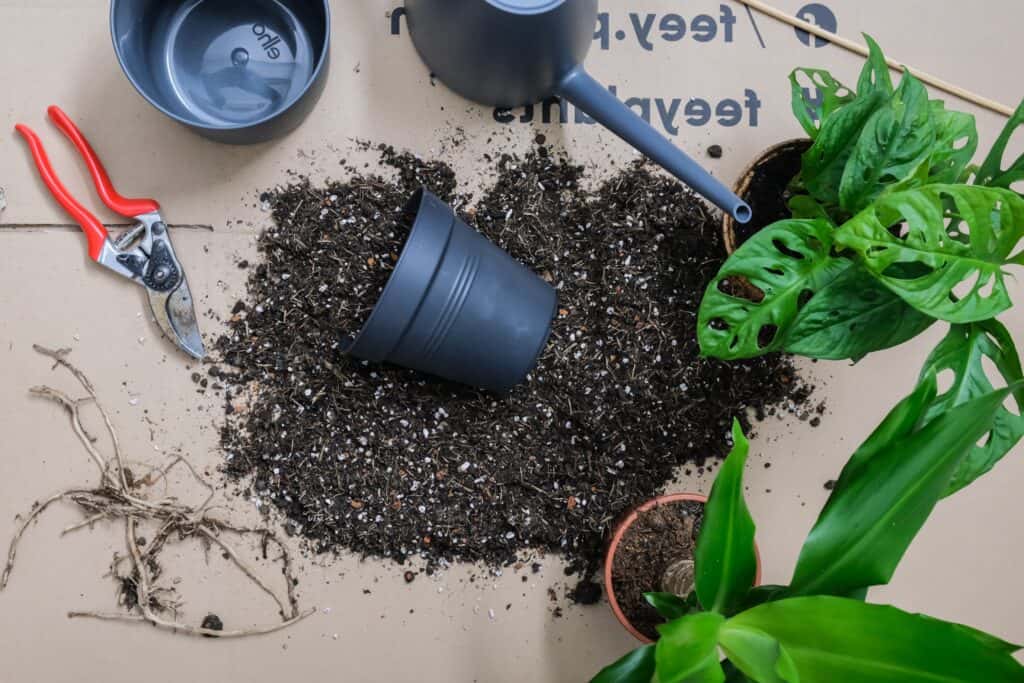
Steps to Repot Anthurium Dorayaki
- Water the plant the night before to strengthen the root system.
- Then, remove the top 25% of the soil using a trowel or gardening fork.
- Gently tap around the pot to remove the pot and soil attachment.
- Take the plant out, gripping its base.
- At this point, you can prune its shoots and roots. However, remember to sterilize the instrument with rubbing alcohol.
- Afterward, layer a few pebbles in the new pot. Half-fill it with soil and place the plant.
- Then, fill up the remaining space with soil to the rim.
- Finally, water the plant thoroughly and put it in a conducive environment.
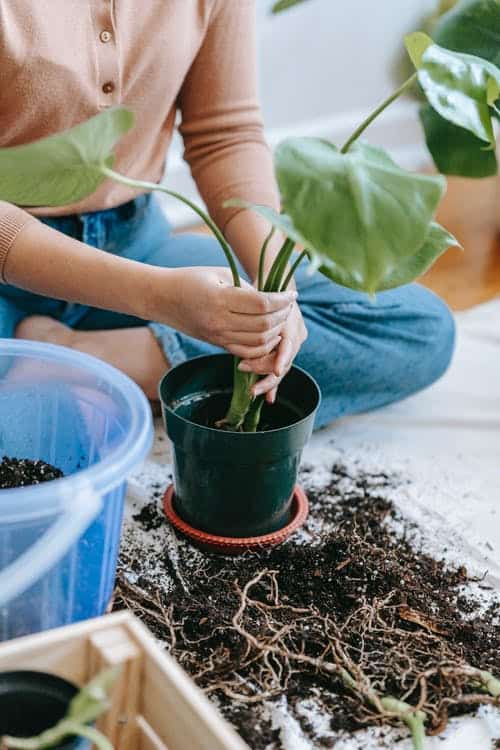
10. Rare Pruning
If you hate chopping off your plant, you are lucky with Anthurium Dorayaki. Dorayaki does not require frequent pruning.
Pruning only the dead and damaged foliage and stem is enough for Anthurium Dorayaki.
Prune your Dorayaki plant from the top down during the process.
First, remove any discolored, dead, or irregularly shaped leaves. You can also remove dead, damaged, and wilting blossoms at the stem’s base.
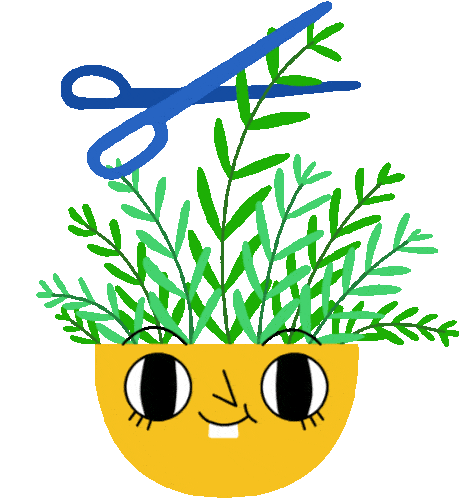
Always ensure to use sterilized pruning shears while pruning them. And, also avoid pruning more than 30% at a time.
Note: The best time to prune them is during the later month of the fall. The light of spring soon fills your Anthurium with new growths.
Toxicity of Anthurium Dorayaki
You must be cautious when bringing Anthurium Dorayaki home, as the plant is toxic. Hence, I recommend keeping it far from the reach of children and pets.
On contact with its sap, it causes skin and eye irritation.
Meanwhile, if ingested, it causes breathing difficulty, a burning sensation in the stomach and alimentary canal, nausea, vomiting, and swollen mouth.
Similarly, pets exhibit drooling, irritability, and vomiting if ingested. It is necessary to seek medical or veteran assistance for such symptoms.
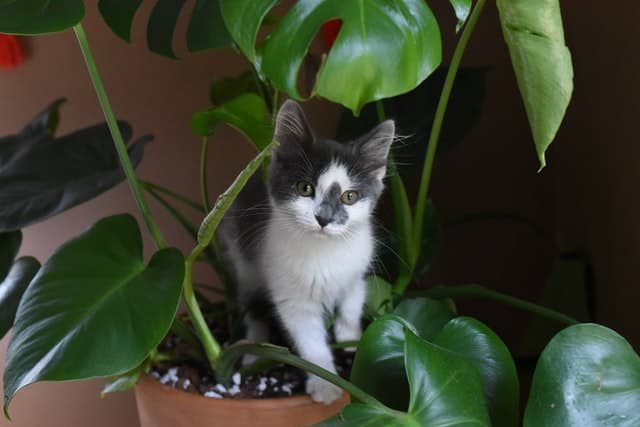
Here are a few contact details if your pets have nibbled on Anthurium and you need help.
- American Association of Poison Control Center at (800) 222-1222
- ASPCA Poison Center at (888) 426-4435
Propagation Methods for Anthurium Dorayaki
As Anthurium Dorayaki is an aroid, propagating it is much easier. You can quickly propagate it via stem cuttings or root division.
Both methods are asexual methods of propagation and yield genetically identical sister plants.
However, the most critical aspect of Propagation is a better time.
For Successful Propagation of Anthurium Dorayaki, try Propagating them via stem cuttings during spring or summer.
Step 1: Choosing a Healthy stem
First, inspect for a healthy stem with nodes. You can see the nodes protruding aerial roots. If not, simply look for nodes.
Ensure the part is free from pests, diseases, infestation, or other problems.
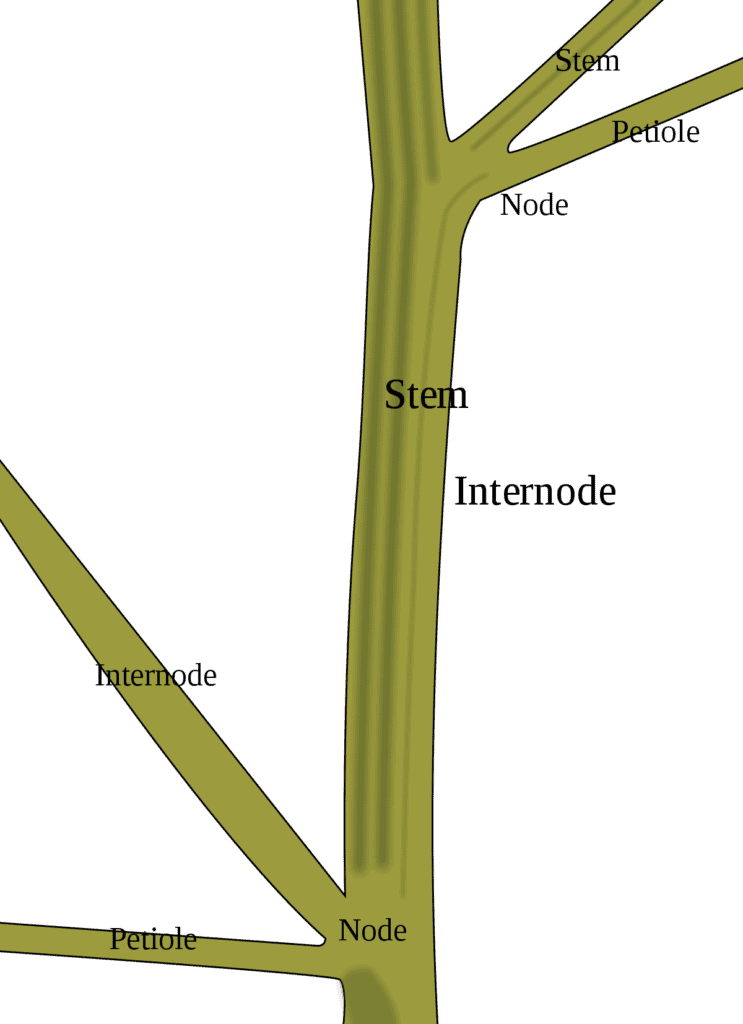
Step 2: Cutting the stem
Afterward, take a sterilized pruning shear. Then, make an incision at an angle of 45 degrees below the node.
It is essential to take sharp cutting without injuring the plant for successful Propagation.
Cut a stem 3 – 4 inches long with at least two foliages attached.
Leave the stem cut in a warm area for about one week.

Note: A larger surface area increases the surface for root production. Thus, an incision at 45 degree increases the chance of root production.
Step 3: Preparing the Stem Cutting
After taking the cuttings, it is time to dust the rooting hormone. The step is optional, but I recommend it as it increases the rate of successful Propagation.
Besides, you can also use cinnamon powder as it acts as an antifungal agent preventing possible root rot.
Step 4: Planting the Cuttings
Now, the cutting is ready to be propagated. You can bear it either in water or soil medium.
A. In Soil Medium
- Prepare your container with a drainage hole in the bottom.
- Fill the container with the proper soil mix. Keep in mind that you should not fertilize it anytime soon.
- Apply a fungicide and rooting hormone to the cutting’s tip to promote growth and prevent fungus.
- Insert the cutting gently into the mixture and thoroughly moisten it.
- Ensure to bury the nodes in the soil while leaving the leaves entirely outside.
- While planting the stem in the soil, avoid going too deep. It’s OK to go about 2 inches below the surface.
- Place it in a warm spot with plenty of indirect sunlight and a temperature around 70°F (21°C), and check for inch-long feeder roots after a month.

B. In Water Medium
- Take a transparent glass or small jar and fill it halfway with distilled water.
- Immerse the new cutting with the bottom node in water. Allow the leaves to float on the surface of the water.
- Replace the water every 5-7 days and keep the cutting in a warm spot with plenty of indirect sunlight.
- The stem cutting will begin to produce new roots within a few weeks.
- Then, transplant the cutting into a potting mix using the abovementioned techniques.
Also, watch the video for more information,
Common Problems in Anthurium Dorayaki
1. Pests Infestation
Although Anythurium Dorayaki is a robust plant, it is prone to common house pests.
The most common pests in them include Mealybugs, Thrips, and Scales.
Here is detailed information about these pests and their symptoms.
| Common pests | Symptoms |
|---|---|
| Mealy bugs | Waxy bugs seemingly cotton-like bumps on the undersides of the leaves. Curling, wilting, and drooping of foliage. |
| Scales | Brown or black bumpy lumps on the undersides of the leaves. Wilting and drooping of leaves. |
| Thrips | Silvery grey patches on the leaves, also consisting of small white patches. |
Treat Pests Infestation in Anthurium Dorayaki
- Use insecticidal soap to knock off the pests.
- Remove all of the infected parts using sterilized pruning shears.
- Another effective method is to spray neem oil.
- Dip a cotton ball in a 75% diluted isopropyl alcohol and rub it around the affected parts.
- If the infestation is high, use synthetic insecticides containing Pyrethrin.
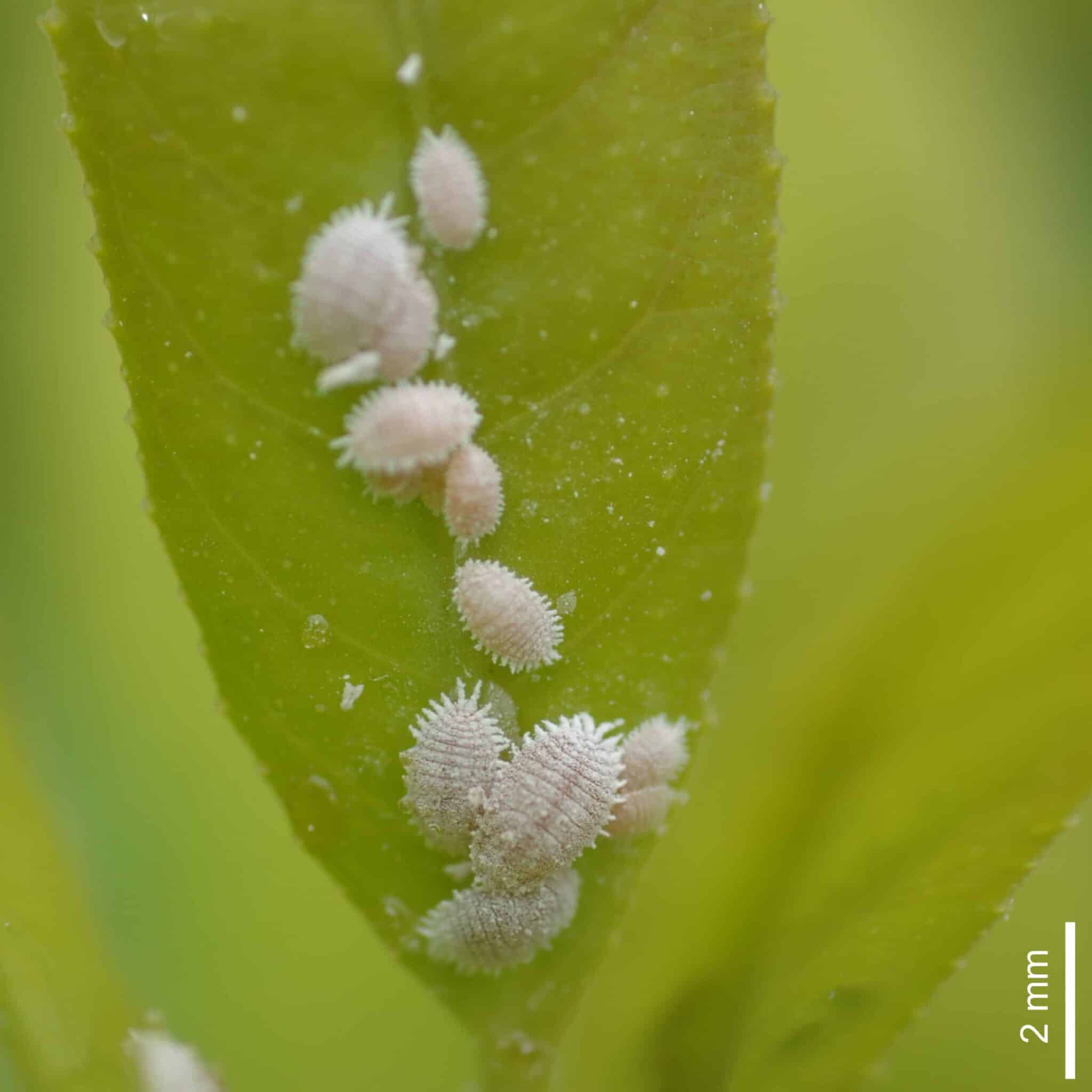
Preventive Measures
- Providing a weekly shower to the plant is a good idea to wash off pests and their eggs.
- You can wash its leaves using soap and water every 10-15 days.
- Avoid groping your Anthuriu with other infected plants.
- Be cautious not to overwater the plant.
2. Common Disease Problem
Here is a table showing the common diseases, their causative agents, and their symptoms.
| Common Diseases | Causative Agent | Symptoms |
|---|---|---|
| Black Nose Disease | Colletotrichum Gloeosporioides | Dark, sunken lesions or water marks on leaves and stem. High chance of spread during rainy season |
| Rhizoctonia Root Rot | Rhizoctonia Solani | Sudden wilting and drooping of leaves and stem Foul order form the soil Root appears dark and mushy |
| Phytophthora and Pythium Root Rot | Phytophthora nicotianae var. parasitica and Pythium splendens | Wilting plants, root sloghing, foliage may exhibit black to brown leaf lesions. |
| Leaf Spot Fungus | Colletotrichum (anthracnose), and Myrothecium. | Small round or irregular shaped brown/black patches on leaves |
Treat Disease in Anthurium Dorayaki
- To treat root rot, apply Medallion 50W.
- Use fungicides containing copper, mancozeb, or thiophanate methyl to treat leaf spots.
- You can use fungicides containing phosphorous acid to treat black nose disease.
- Rhizoctonia root rot can be treated using fungicides such as thiophanate methyl, Medallion (fludioxonil), and Prostar (flutolanil).
- Remove/prune the infected parts of the plant to prevent the infection from spreading.
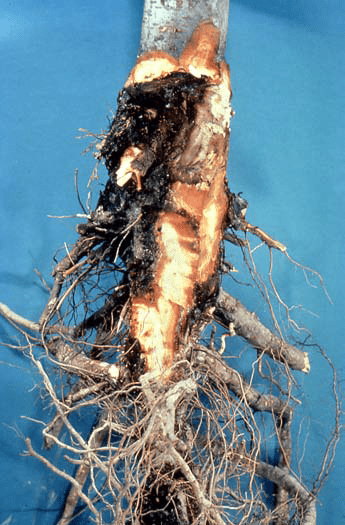
Preventive Measures
- Avoid overhead watering and overwatering.
- Loosen the top layer of the soil to prevent a bacterial disease.
- Avoid misting leaves at night.
- Inspect the plant for diseases before buying them.
- Use only steam-sterilized potting mixtures.
- Before trimming or propagating your plants, thoroughly sterilize your instruments.
Frequently Asked Questions About Anthurium Dorayaki
Can I Mist Anthurim Dorayaki?
Anthurium Dorayaki enjoys slight misting in dry climatic conditions or when the temperature is high.
Moreover, it is a hybridized version of a tropical plant. Thus, it adores high humidity.
Hence, misting your Anthurium in the early hour of the day is beneficial.
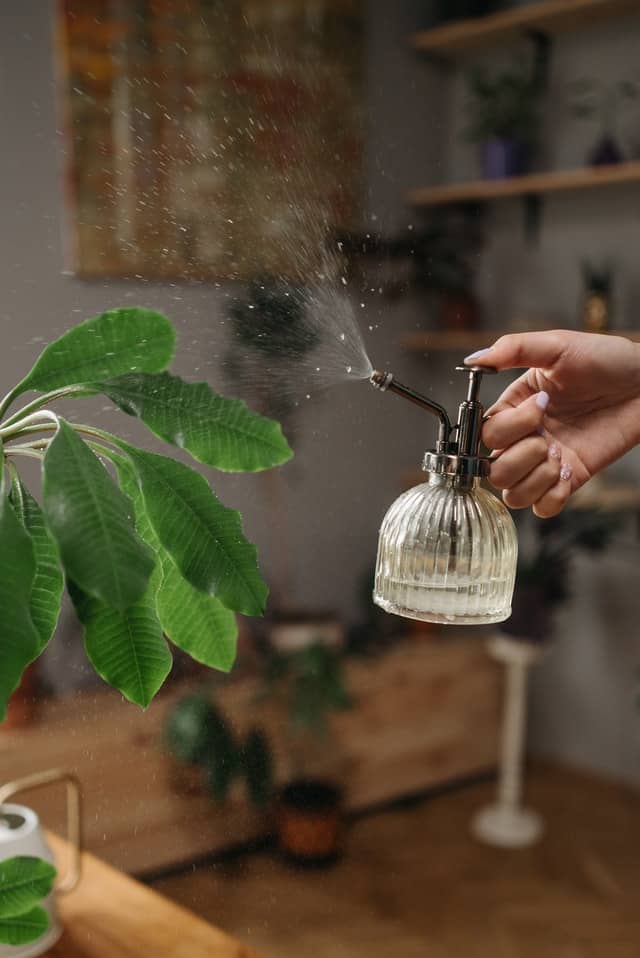
However, you should strictly avoid misting them at night.
During nights, it takes a long time to dry up the moisture and thus might cause bacterial or fungal infections.
Is Anthurium Dorayaki Rare?
Anthurium crystallinum DORAYAKI (‘Crystal Hope’), nicknamed SILVER BLUSH, is a rare Araceae aroid.
Anthurium Dorayaki is a hybridized version of Anthurium crystallinum. The plant has been popular only for the past couple of years.
Rare plant collectors are fascinated to get Dorayaki in their plant collection.

Conclusion
Anthurium Dorayaki is an easy-to-moderate plant regarding caring requirements.
The plant thrives well as long as you maintain its optimum humidity, temperature, lighting, and soil moisture.
Thus, the plant is definitely for you if you are yearning to have a collection of exotic species.
All you got to do is keep an eye on your plant and maintain a conducive environment. Provided that the plant indeed rewards with it are beautiful.
Happy Planting!


